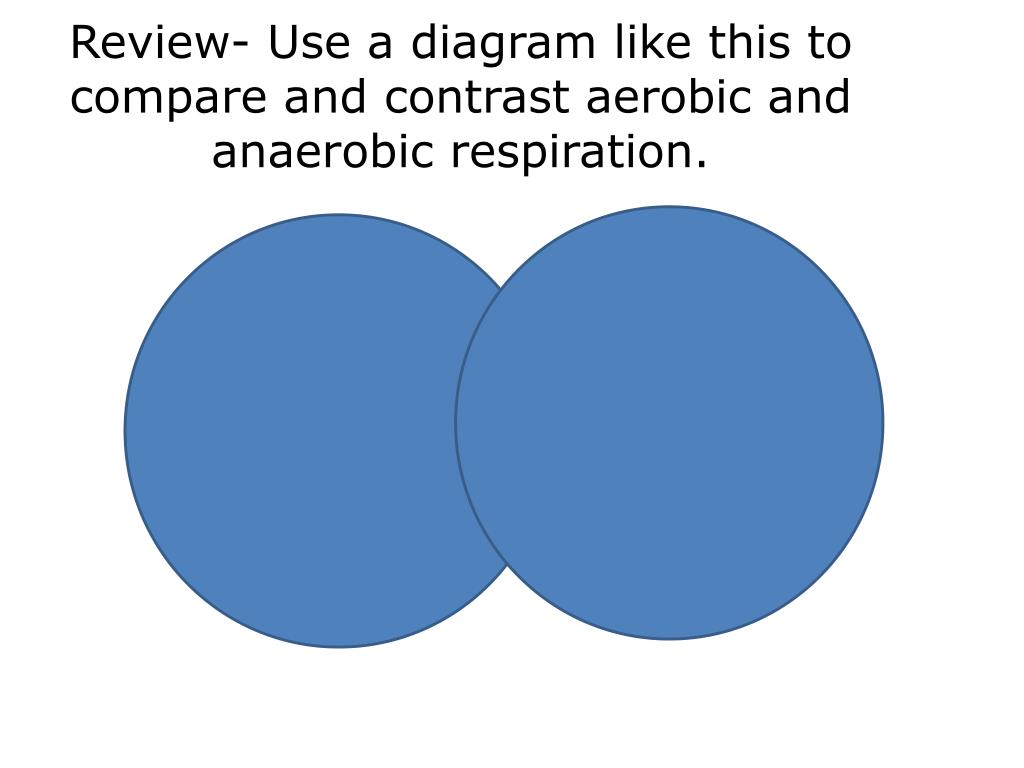

Loans to clients, suppliers, distributors, and employeesĪ business deducts its bad debts, in full or in part, from gross income when figuring its taxable income.The following are examples of business bad debts (if previously included in income): You can deduct it on Schedule C (Form 1040), Profit or Loss From Business (Sole Proprietorship) or on your applicable business income tax return. A debt is closely related to your trade or business if your primary motive for incurring the debt is business related. There are two kinds of bad debts – business and nonbusiness.īusiness Bad Debts - Generally, a business bad debt is a loss from the worthlessness of a debt that was either created or acquired in a trade or business or closely related to your trade or business when it became partly to totally worthless. If you lend money to a relative or friend with the understanding the relative or friend may not repay it, you must consider it as a gift and not as a loan, and you may not deduct it as a bad debt. For a bad debt, you must show that at the time of the transaction you intended to make a loan and not a gift. If you're a cash method taxpayer (most individuals are), you generally can't take a bad debt deduction for unpaid salaries, wages, rents, fees, interests, dividends, and similar items.

Generally, to deduct a bad debt, you must have previously included the amount in your income or loaned out your cash. For a discussion of what constitutes a valid debt, refer to Publication 550, Investment Income and Expenses and Publication 535, Business Expenses. If someone owes you money that you can't collect, you may have a bad debt.


 0 kommentar(er)
0 kommentar(er)
